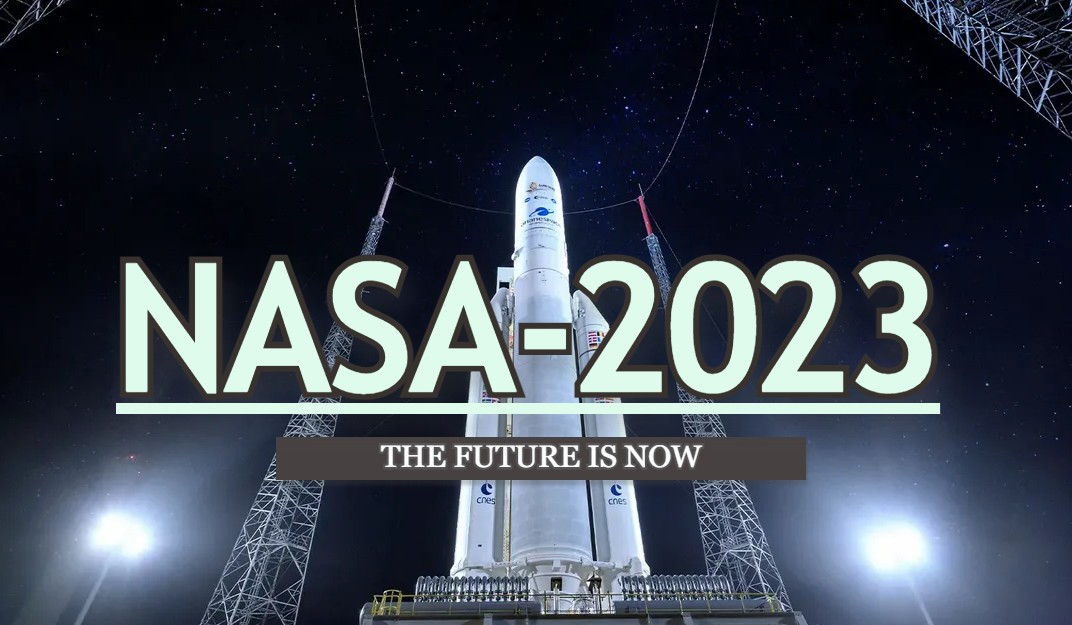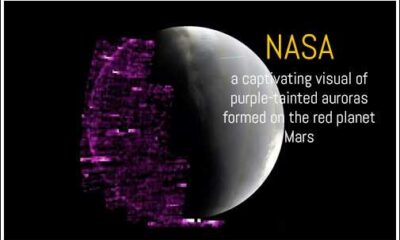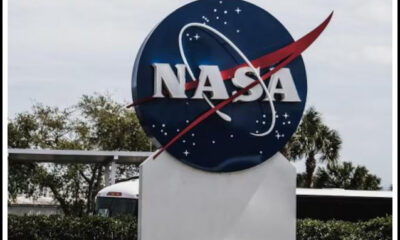News
In 2023, These NASA-Funded Initiatives May Transform Space And Technology
Published
1 year agoon

The innovative initiatives that have been shortlisted for NASA’s Innovative Advanced Concepts (NIAC) program’s 2023 batch have been revealed. This program supports concepts that could revolutionize space travel and associated endeavors in the foreseeable future. In total, 14 submissions were chosen by the space agency for its 2023 NIAC fellowship, which awards grants totaling $175,000 to each project.
One of these is the Lunar South Pole Oxygen Pipeline (L-SPoP), which was the idea of Houston-based Lunar Resources’ Peter Curreri. On the south pole of the moon, an oxygen pipeline is planned to be constructed. The original plan is to construct a pipeline that will transfer precious gas from an extraction location to a storage area, akin to a lunar colony, across a distance of around three kilometers. Bimodal NTP/NEP with a Wave Rotor Topping Cycle, a clever idea from the University of Florida, is developing a propulsion system that, according to NASA, could send astronauts from Earth to Mars in about 45 days.
A second project dubbed “Biomineralization-Enabled Self-Growing Building Blocks for Habitat Outfitting on Mars” is added to those already mentioned. The basic idea is that by binding together the Martian regolith with fungi and bacteria, scientists may make biominerals and biopolymers on the surface of Mars rather than transporting prefabricated building materials from Earth. According to the project summary on NASA’s website, “These self-growing building blocks can eventually be integrated into diverse structures, such as floors, walls, dividers, and furniture.”
Read Also – SpaceX aims to launch 40 OneWeb satellites into orbit on Monday
The main priority is still rapid space exploration.
A fluidic shaping in microgravity technology is used by the Fluidic Telescope (FLUTE), a proposed space observatory by Edward Balaban of NASA’s Ames Research Center. TitanAir, a boat-aircraft hybrid designed by Planet Enterprises to explore Titan, the biggest moon of Saturn, is a success on the travel and exploration front. TitanAir will be able to smoothly transition between flying in Titan’s atmosphere and swimming in its lakes thanks to a cutting-edge process utilizing the intake of condensed methane and other dense gaseous substances in Titan’s atmosphere.
The Pellet-Beam Propulsion idea is the most intriguing suggestion, yet it has also been put out frequently in the past. This one imagines a propulsion system that can move objects weighing a tonne (or more) into space utilizing a stream of particles accelerated by a powerful laser and traveling at a speed of over 74.5 miles per second. The payload would be propelled across the interstellar medium by the beam. The pellet-beam outer planets can be reached in less than a year, 100 AU in about three years, and the solar gravity lens at 500 AU in about fifteen years, according to the idea proposal.
A beam propulsion device that would allow interstellar journeys to Proxima Centauri b at almost 10% of the speed of light was considered in a 2019 NASA project proposal that was comparable to this one. 80 tonnes of payload could be transported to Jupiter’s orbit in one year using a similar propulsion design, according to a NASA Jet Propulsion Laboratory fellow’s proposal.
You may like
-


“Purple Rain, Purple Rain”: NASA Releases Images of Mars’ Aurora
-


NASA prepares the PREFIRE mission to explore the polar regions of Earth
-


Earth’s North Pole is moving more quickly
-


NASA’s retired satellite is falling to Earth, but the hazard is minimal.
-


Runaway Supermassive Black Hole Found by NASA’s Hubble Telescope, Leaving a Trail of New Stars
-


Individual Chats Can Soon Be Locked on WhatsApp, According to an Android Beta Update

